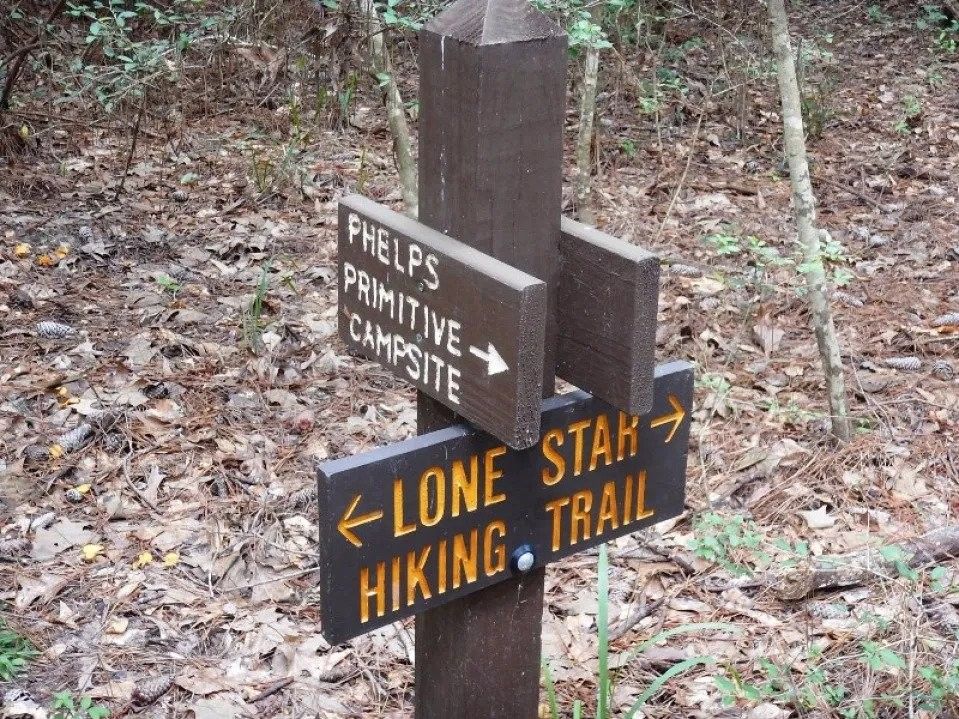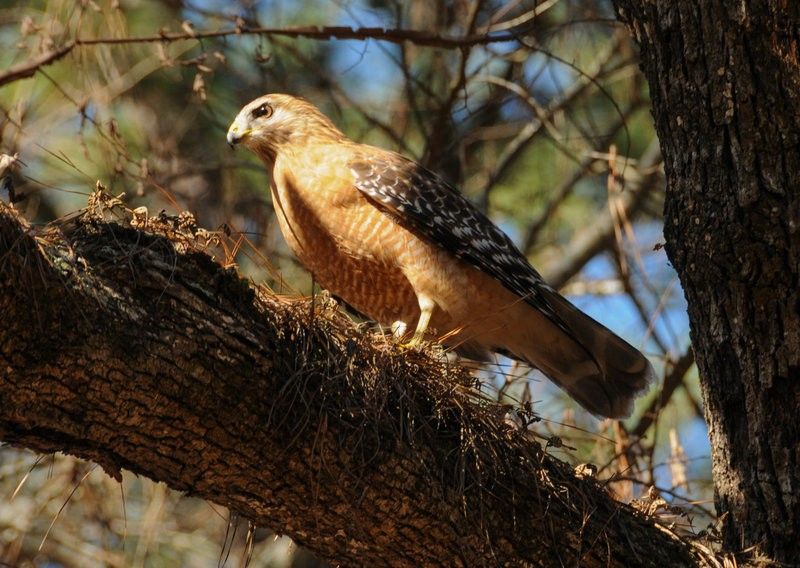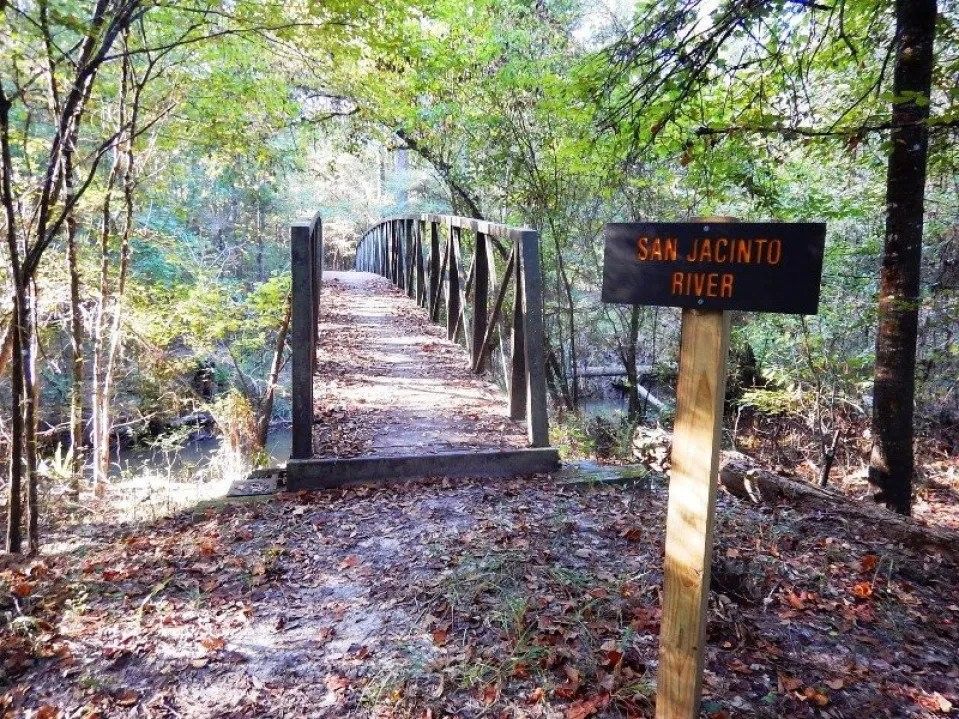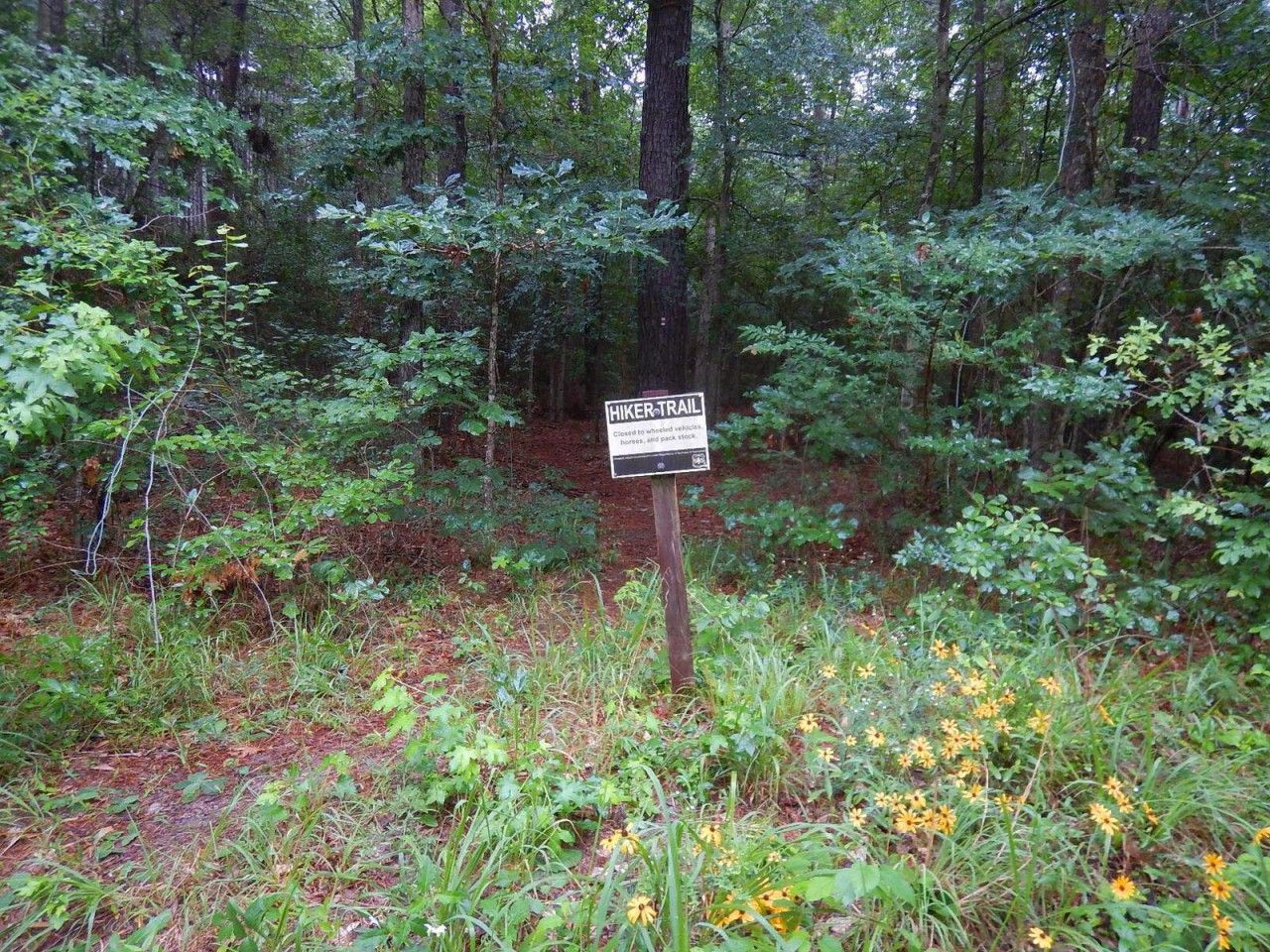As part of the Great American Cleanup, May is designated as Parks and Trails Cleanup Month. Texas is home to thousands of miles of trails and hundreds of thousands of acres of parks. One trail of great significance in Texas is the Lone Star Hiking Trail (LSHT). This trail is the longest continuous hiking trail in the state, connecting private land and the Sam Houston National Forest.
Karl Van Scyoc is the President of the Lone Star Hiking Trail Club. In this blog, we asked Karl about the significance of the LSHT and why it is important for the community to have a place to hike, learn about nature, and enjoy the beauty of the forest.
Why do you feel that trails are important to the community?
There is a need for wilderness trails that are limited to hikers, versus other trail users. The LSHT’s intrinsic value and uniqueness is as the only long-distance, continuously marked, footpath in the State of Texas. The LSHT is the only maintained long-distance trail where a person can hike multiple days through the forests of East Texas with only nature as company. This type of backcountry wilderness experience is important for public users of Sam Houston National Forest.
There are hundreds of miles of trails and two-track paths available in our area for other trail users. The hiker walking on shared trails is often distracted by the constant vigilance required to watch/listen for other trail users (approaching cyclists, horseback riders, and motorized users – motorcycles, e-bikes, and all-terrain vehicles) when safety is of concern. A trail that is intended only for foot traffic doesn’t require this vigilance.
Although not always recognized, the trail provides benefits to local businesses as well. The trail draws hikers from all around the urban area, the state, and the country. Hotels, transportation providers, groceries, and outfitters are some of the establishments that see business traffic from the hikers.
What do green spaces and trails provide to those who use them?
The Trail is open and free to the public and provides a year-round destination for nature study, wildlife observation, birding, environmental education, photography, tree identification, backpacking, long-distance hiking, day hiking, trail running, primitive camping, Forest Watch activities, and similar non-motorized and non-mechanized uses. The Trail provides a place for people to study and enjoy nature and natural sounds, find solitude and quiet, exercise, spend time in the outdoors, and practice peaceful contemplation.
I see the Sam Houston National Forest as a regional treasure. It is primarily a managed, working, forest, yet in collaboration with the US Forest Service, it also serves as a recreational outlet. For the Houston area, it is a relatively close large tract of land for sportspeople, campers, equestrians, mountain-bikers, and motorized off-road vehicles. For the hiker and backpacker, the Lone Star Hiking Trail and associated trail system provide some 128 miles of footpath into the forest and to the designated scenic and wilderness areas within it. There is nothing like it elsewhere in the State of Texas.
It took me a long time to appreciate the variety of ecosystems in this compact forest management system. It’s a place of contrasts: hardwood and pine forest sections; low lying palmetto fields and dry upland forest; heavily trafficked popular trails and sections where hikers may not be seen for days; steamy hot in August and biting cold in winter; and periods of ample water followed shortly by drying up of seasonal streams. Mild sun-soaked days can be quickly replaced by fierce storms.
Some hikers hit the trail to challenge endurance for long stretches at a time. Others simply enjoy a short day hike. Usually, the forest is a place to recharge after a busy week at work and a path to enjoy with friends, through all seasons. The forest changes quite dramatically through the year. From the leafless winter gray come spring flowers and the appearance of light green buds and dogwoods. Lush growth promotes a tunnel of nature’s greenery, soon to be followed by a dusty trail in August. Once the heat breaks, fall comes quickly and it is a delight to be on the trail surrounded by a cascade of colorful wind-swept leaves.
Above all, I think the trail and the forest are very much a sensory experience—and one much more subtle than some of the famous national trails. It’s something that requires a bit of patience to fully appreciate. There are no great vistas to view. Instead, I enjoy seeing the sun punch through the morning mist; the dew-covered violets; trickles of water in small drainage areas bordered by ferns; clusters of brilliant beautyberry; and towering canopies of trees. The pileated woodpecker and Carolina wren often call out a greeting, the whoosh of a hawk’s wing can break the morning silence, and the pine boughs comb the slightest of wind into a whisper. Recently I stood still in the Wilderness Section and heard at least seven different bird calls. The forest smells include newly unfolded mushrooms, pine aroma, and in some cases, pungent decay of organic material. Blackberry and farkleberry make tasty treats in the right season. Weary feet are soothed by streams of cool water.
Why is it important to keep trails clean and beautiful?
The forest and the trail system are important national resources that must be preserved for future generations. When trails are established, human impact on the forest and wilderness is minimized with an initial good trail layout and design, followed by regular maintenance and upkeep of the trail amenities. Coordination between governmental agencies and non-governmental organizations is key to providing a sustainable trail system that is in harmony with the forest in which it resides.
The Lone Star Hiking Trail Club has adopted a couple of miles of FM 2666 near Coldspring. The ditches of this paved road are obviously not part of the trail, but we feel compelled to keep Texas beautiful in multiple ways. A road free of litter reflects well on the State and provides a pleasant entry to the two very popular trailheads along or near that tree-lined stretch of road.
How can people support the Lone Star Hiking Trail?
The simplest way to support the LSHT is to hike it! The trail is there for public use, free of charge. Trail users often post social media accounts of their hike or tell friends about it. This draws attention to the wonderful regional resource right next to the fourth largest city in the USA. The trail receives much intangible support from these enthusiastic hikers.
Many people like to volunteer time to improve the trail, and several organizations like ours organize volunteer workdays for this purpose. In 2021, over 2000 volunteer hours were recorded for maintenance of the LSHT. Segments of the trail system are available for adoption, and volunteer leaders step up to be Trail Stewards to be the front line of trail upkeep. The volunteer organizations do an amazing job and it is very rewarding to make an already nice trail even nicer.
Donations are always welcomed to help meet sustainability goals and defray costs associated with trail maintenance. Individual donations or matched donations are regularly made. Even in these tough times, some employers will contribute matching funds for employee community engagement with 501(c)(3) organizations like ours.
Discover more about the Lone Star Hiking Trail at: https://lonestartrail.org/






